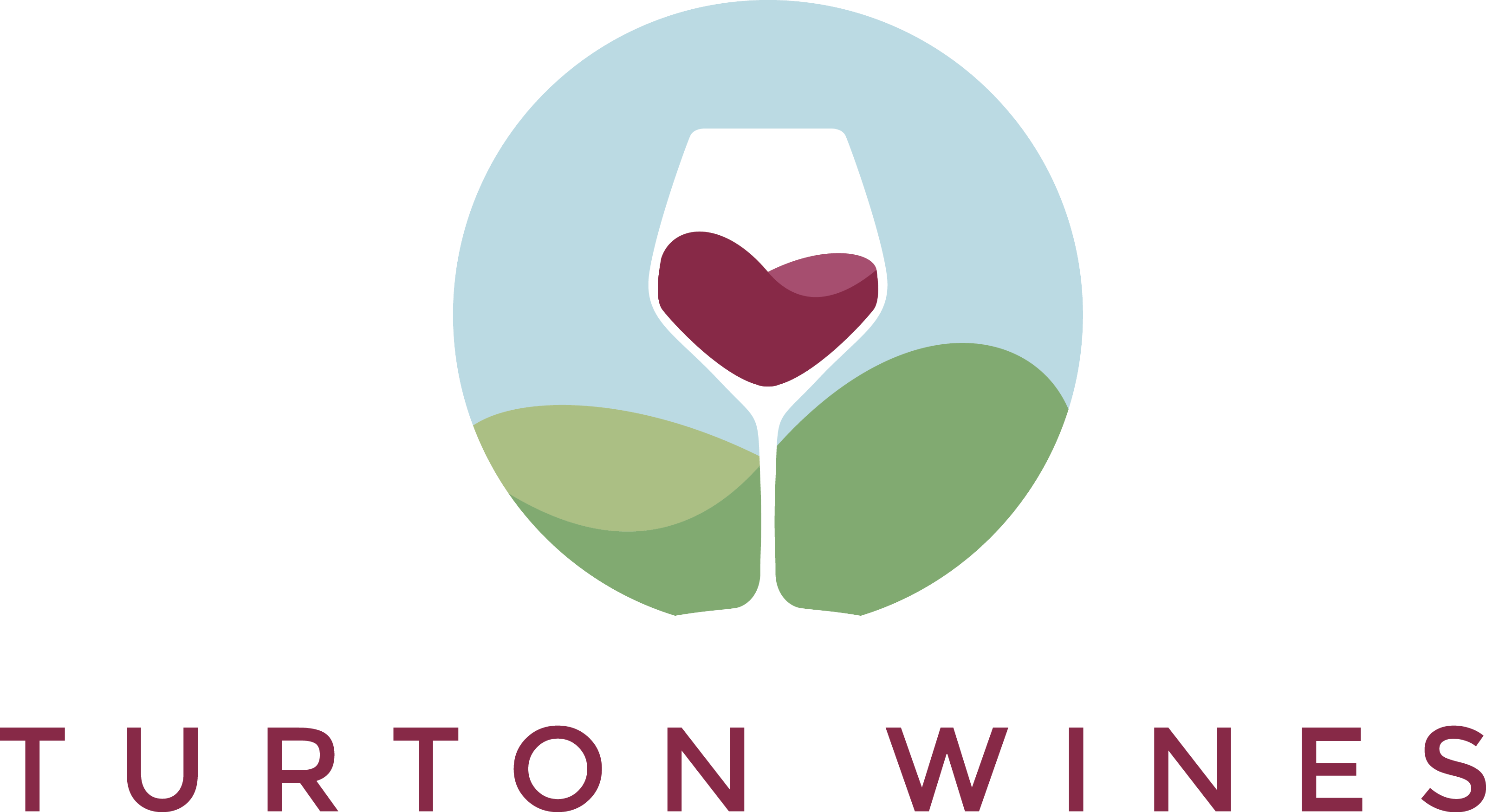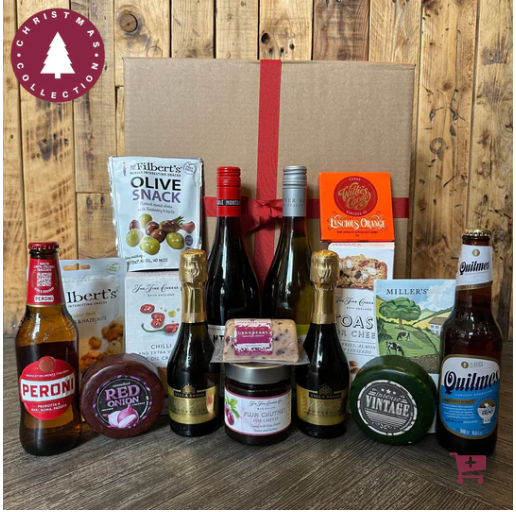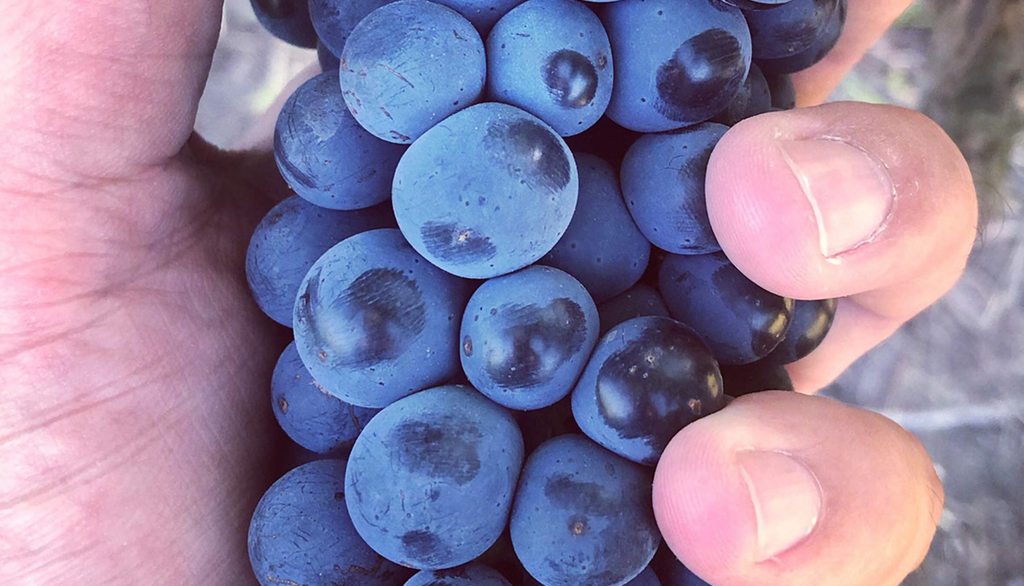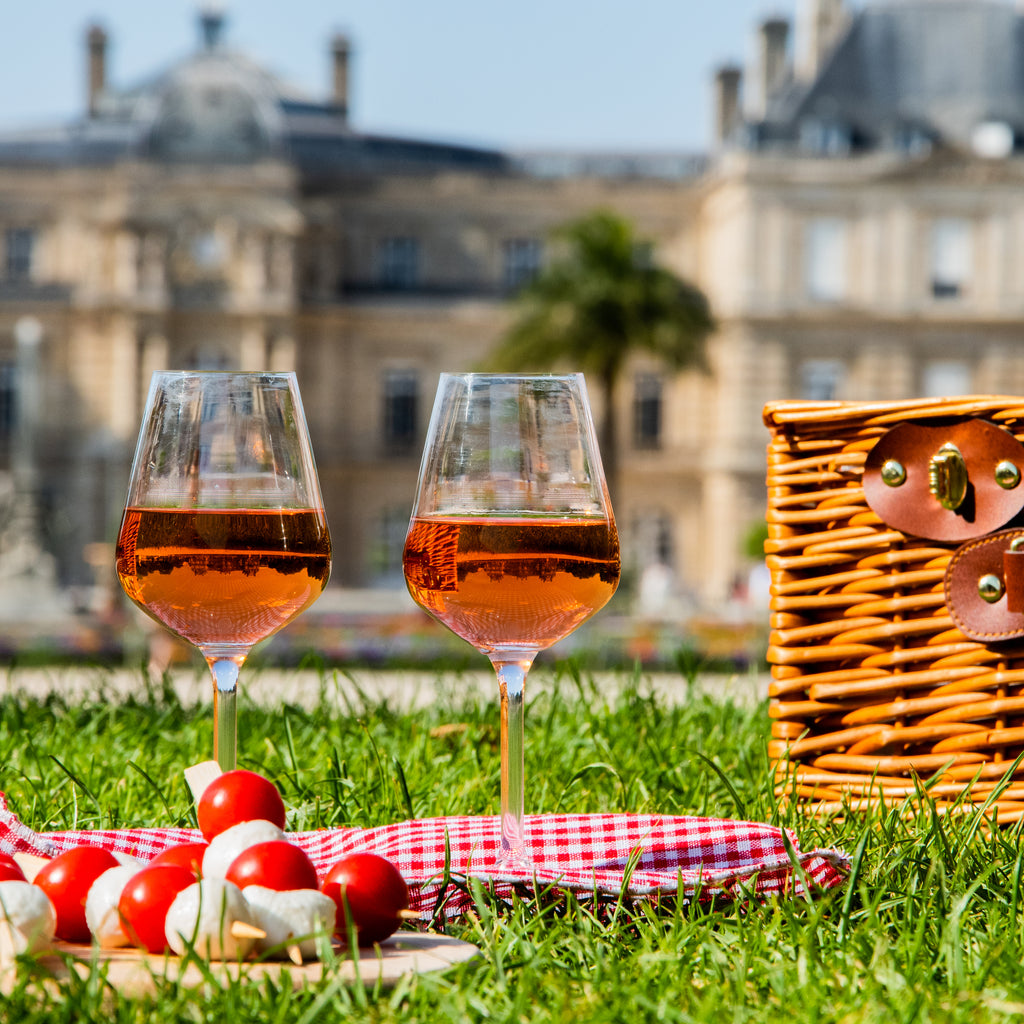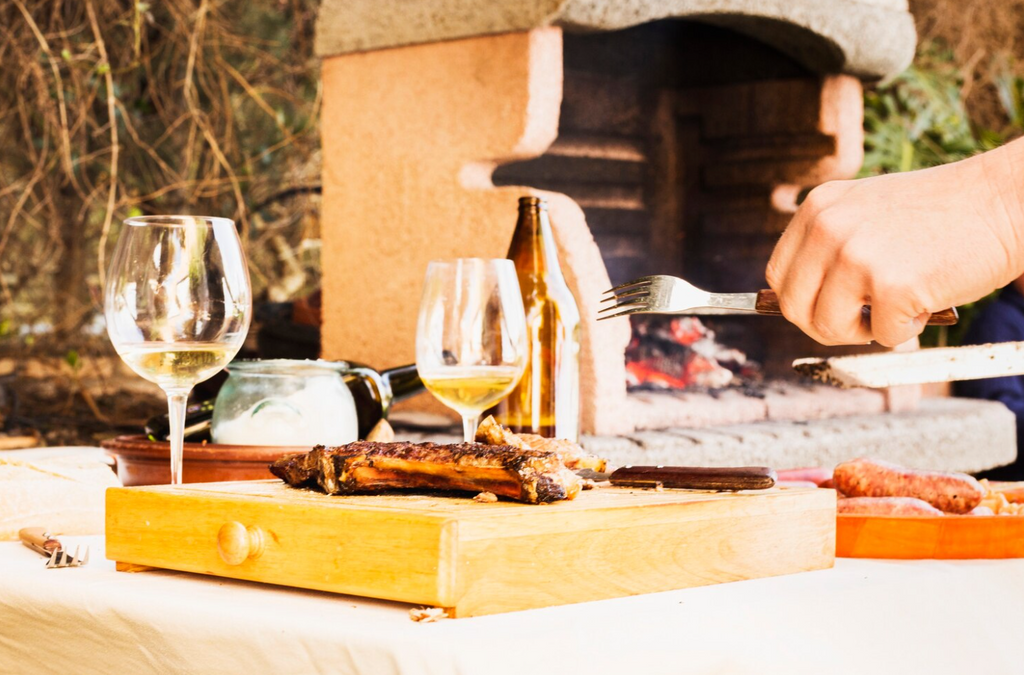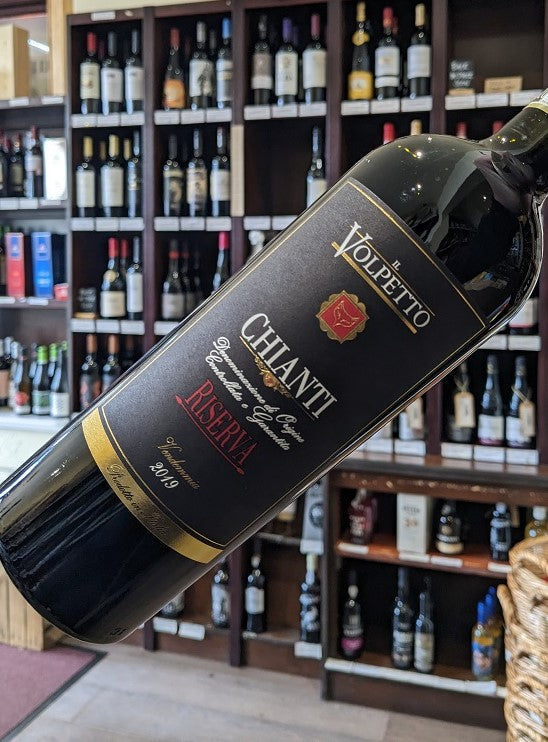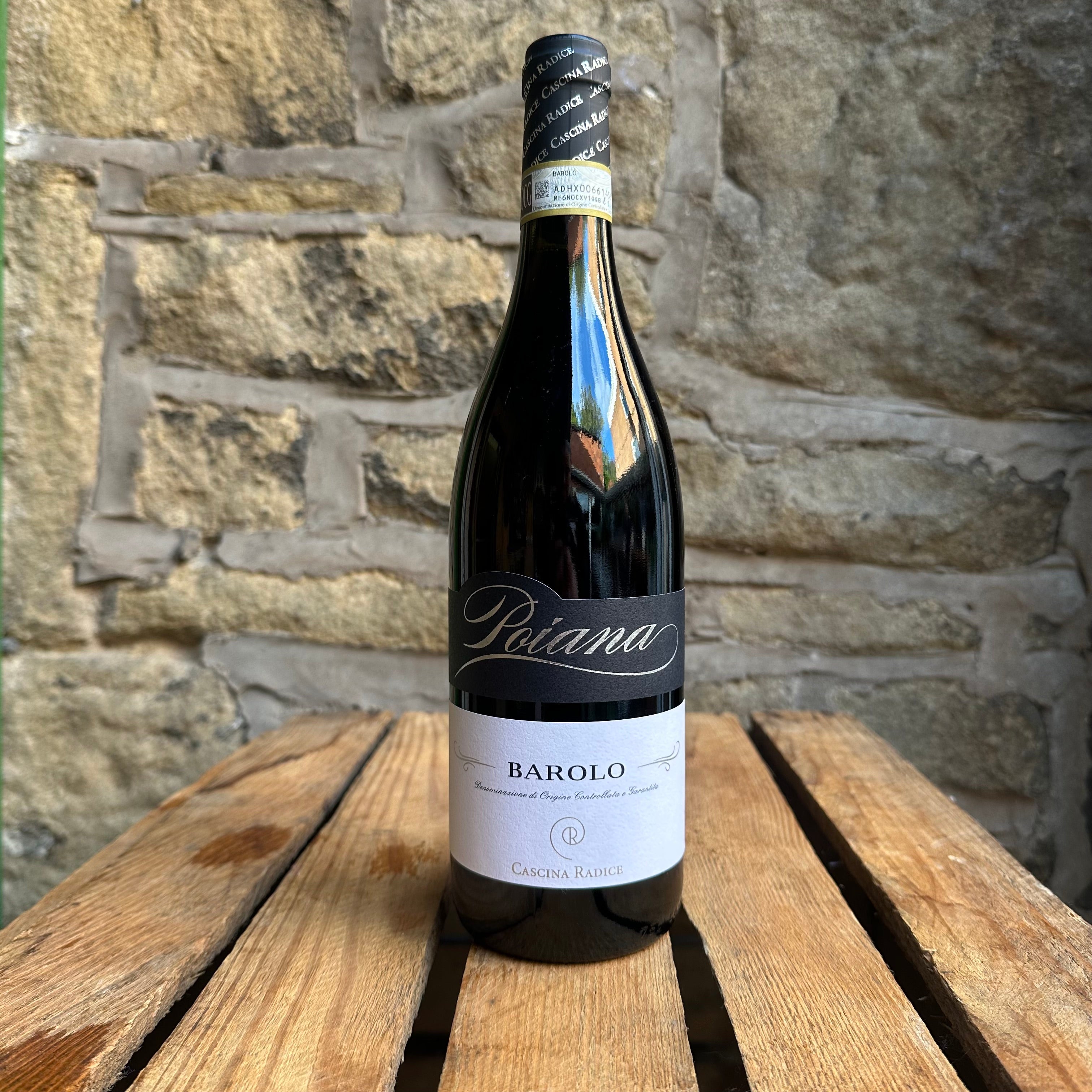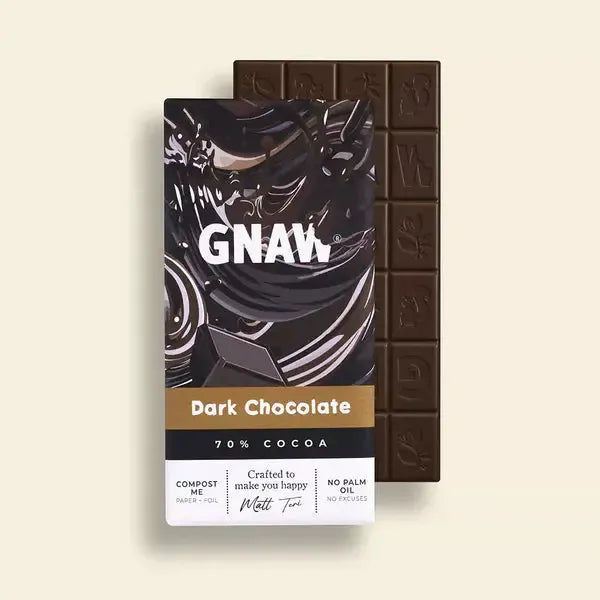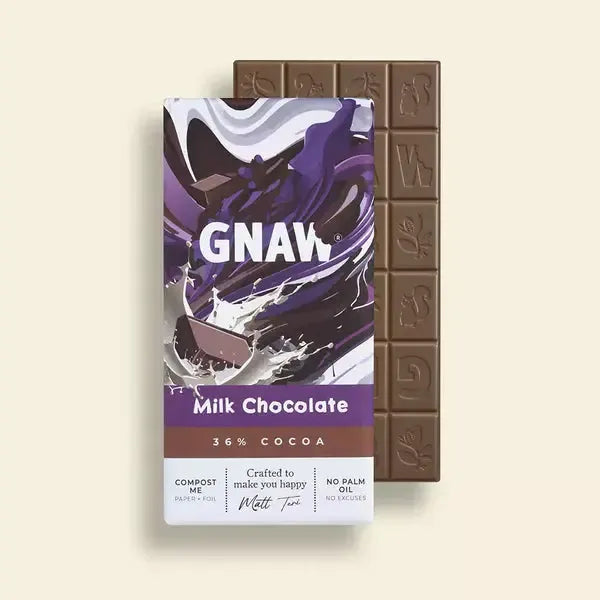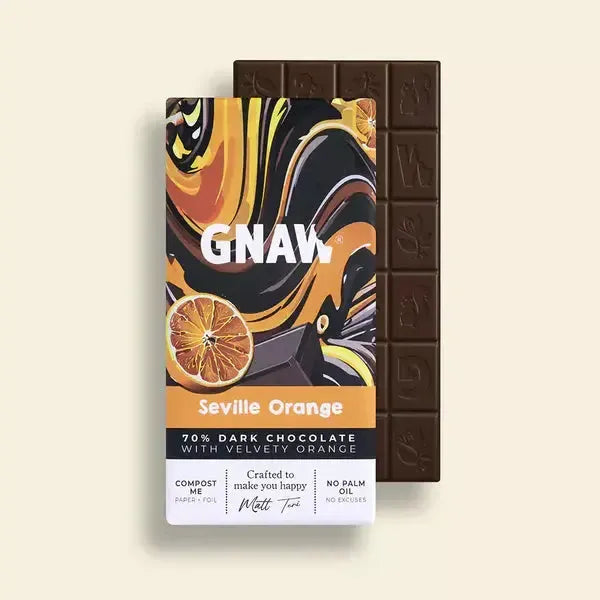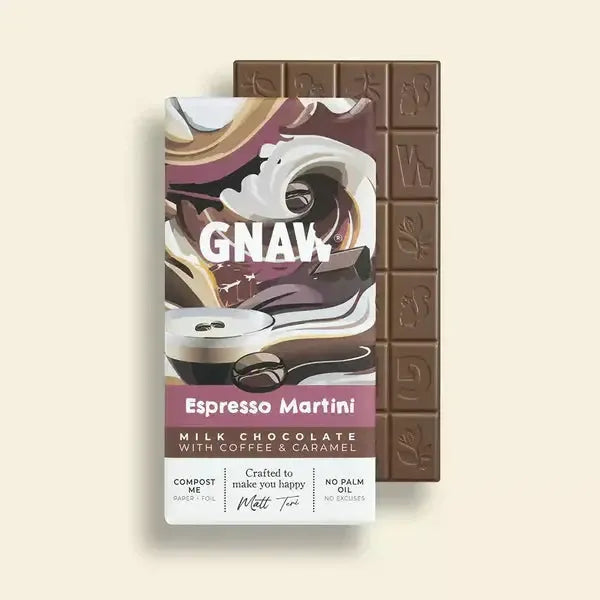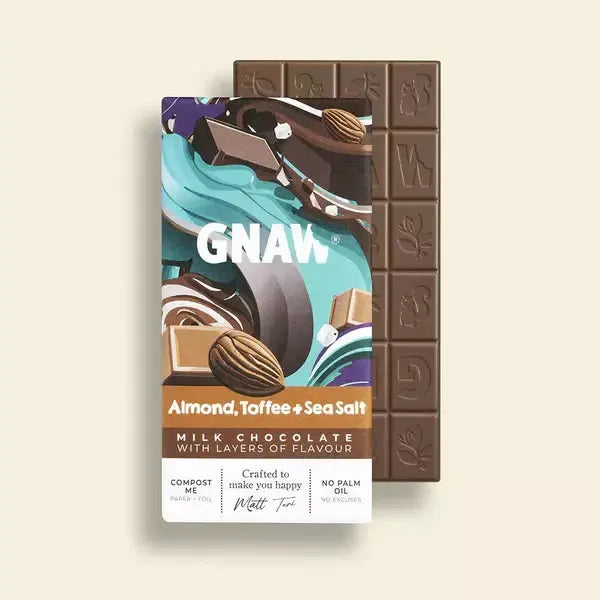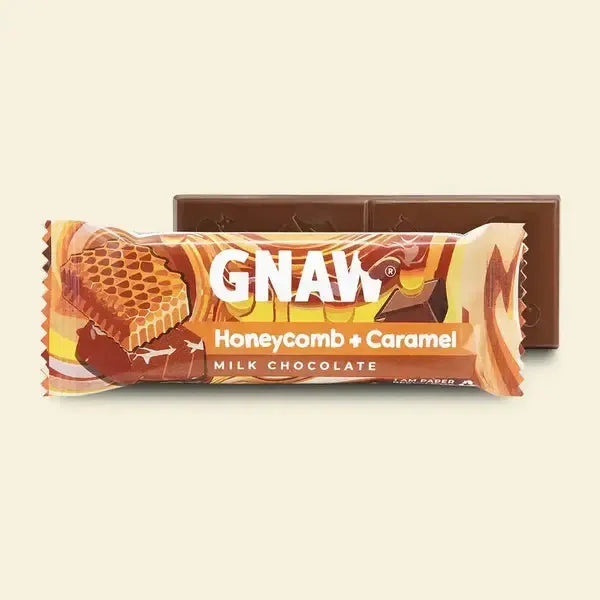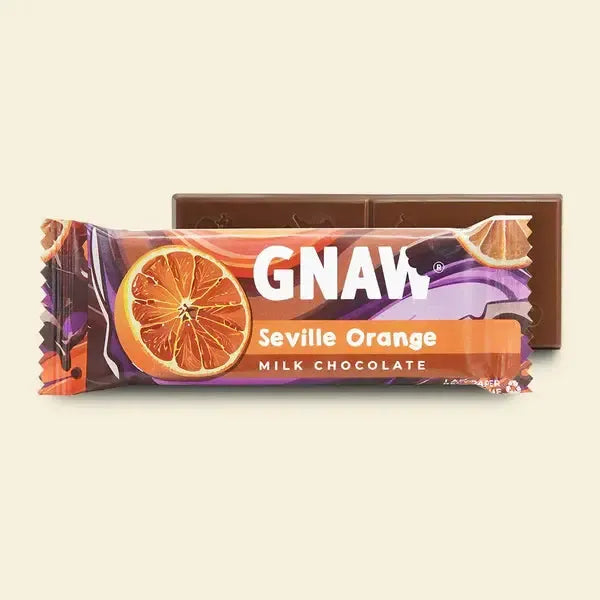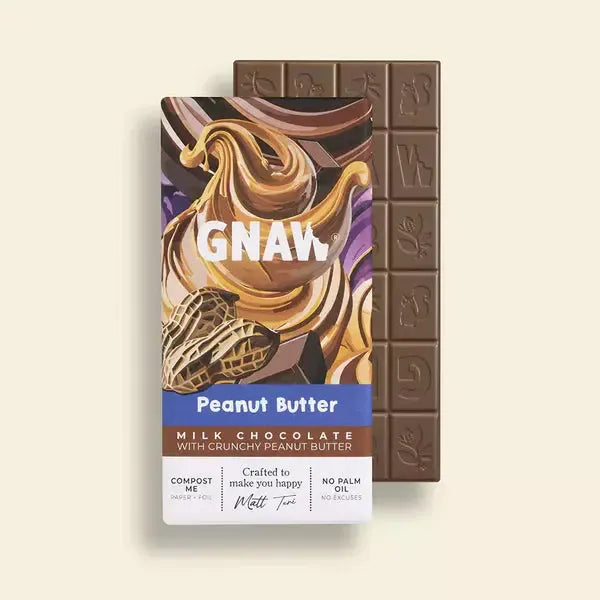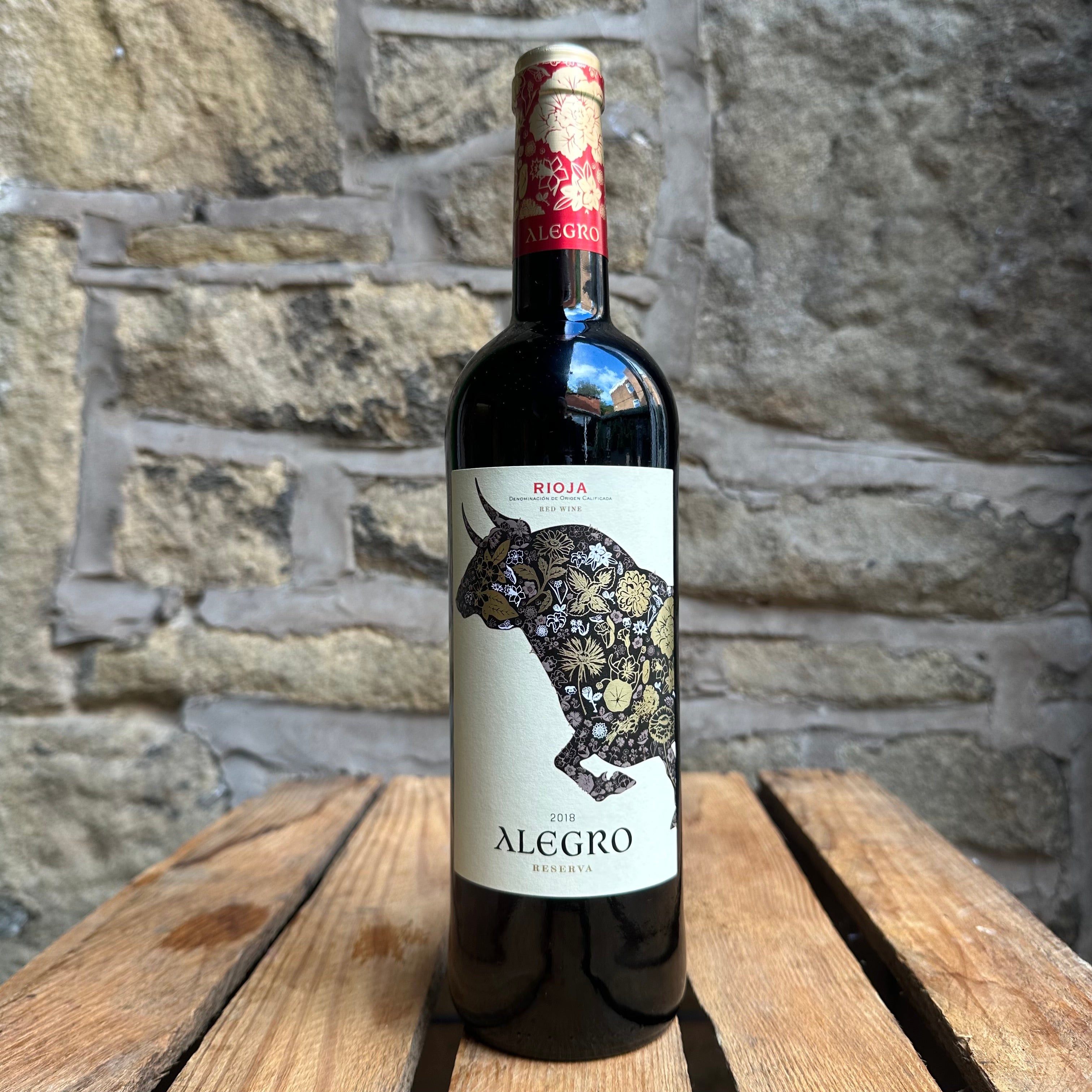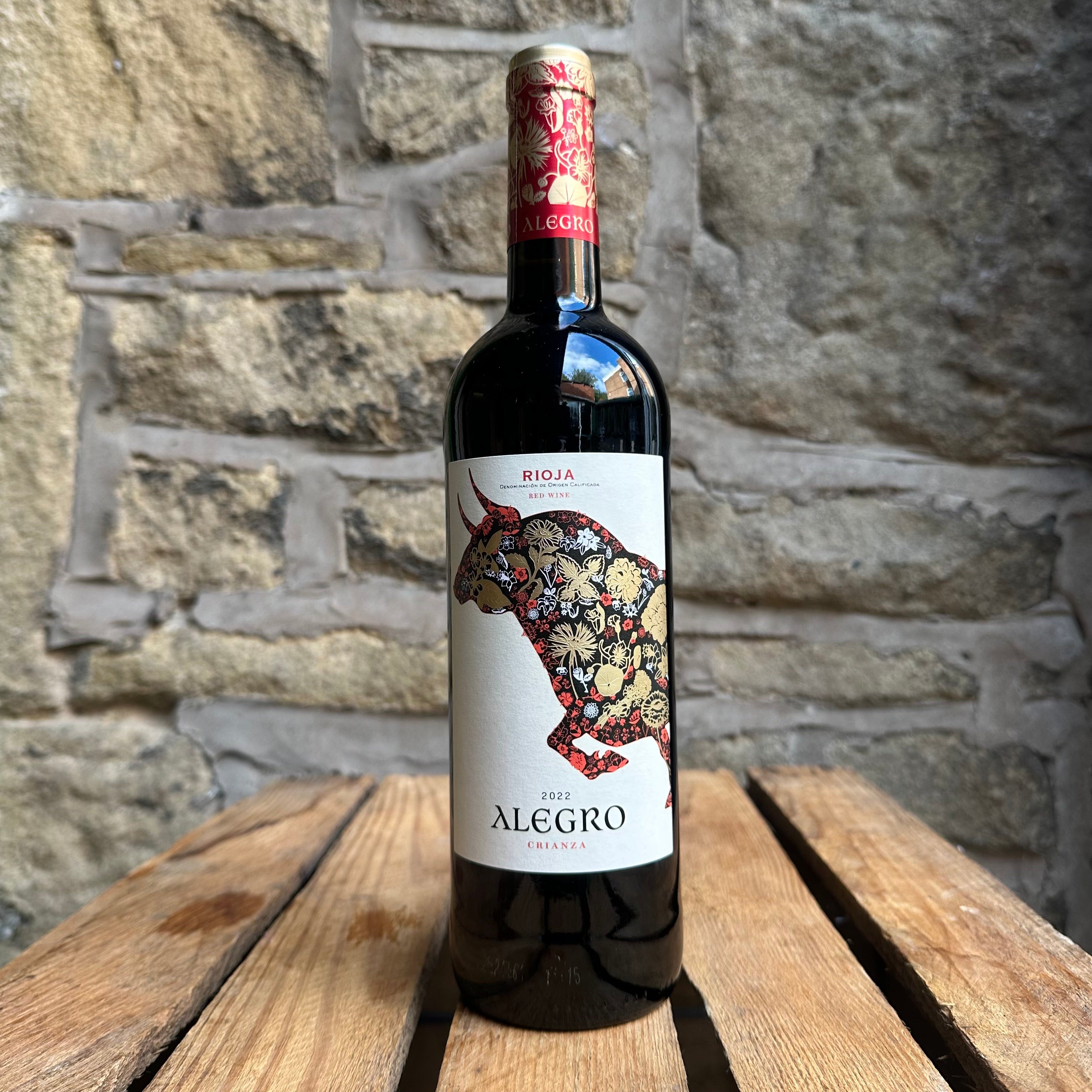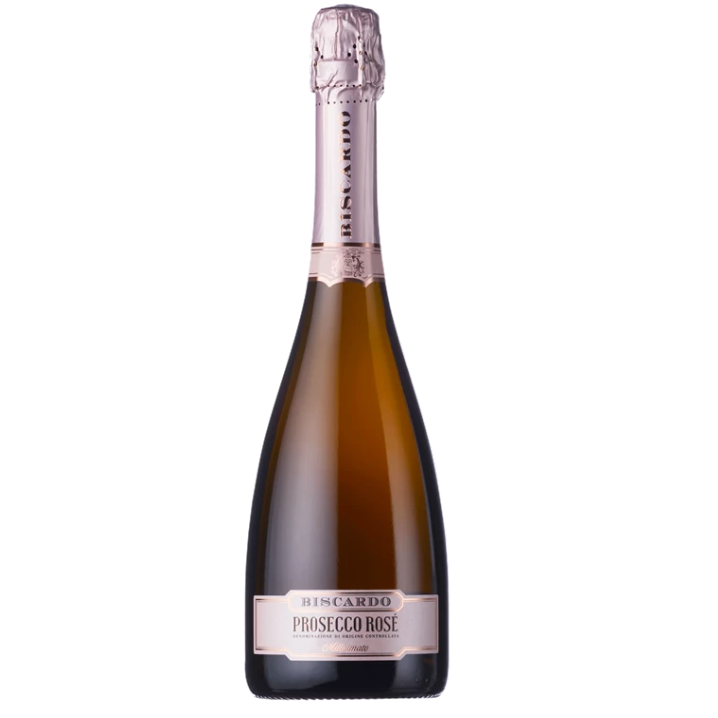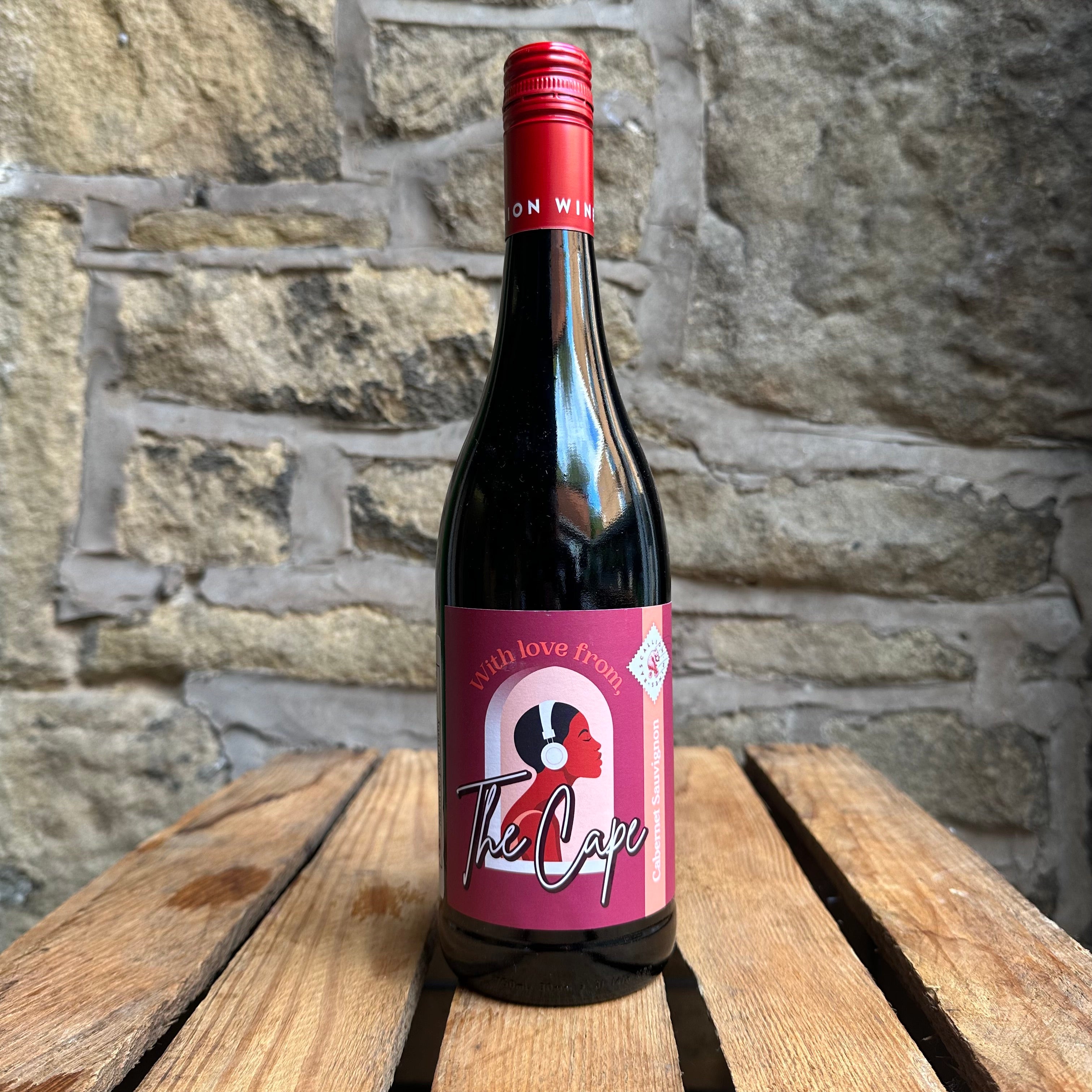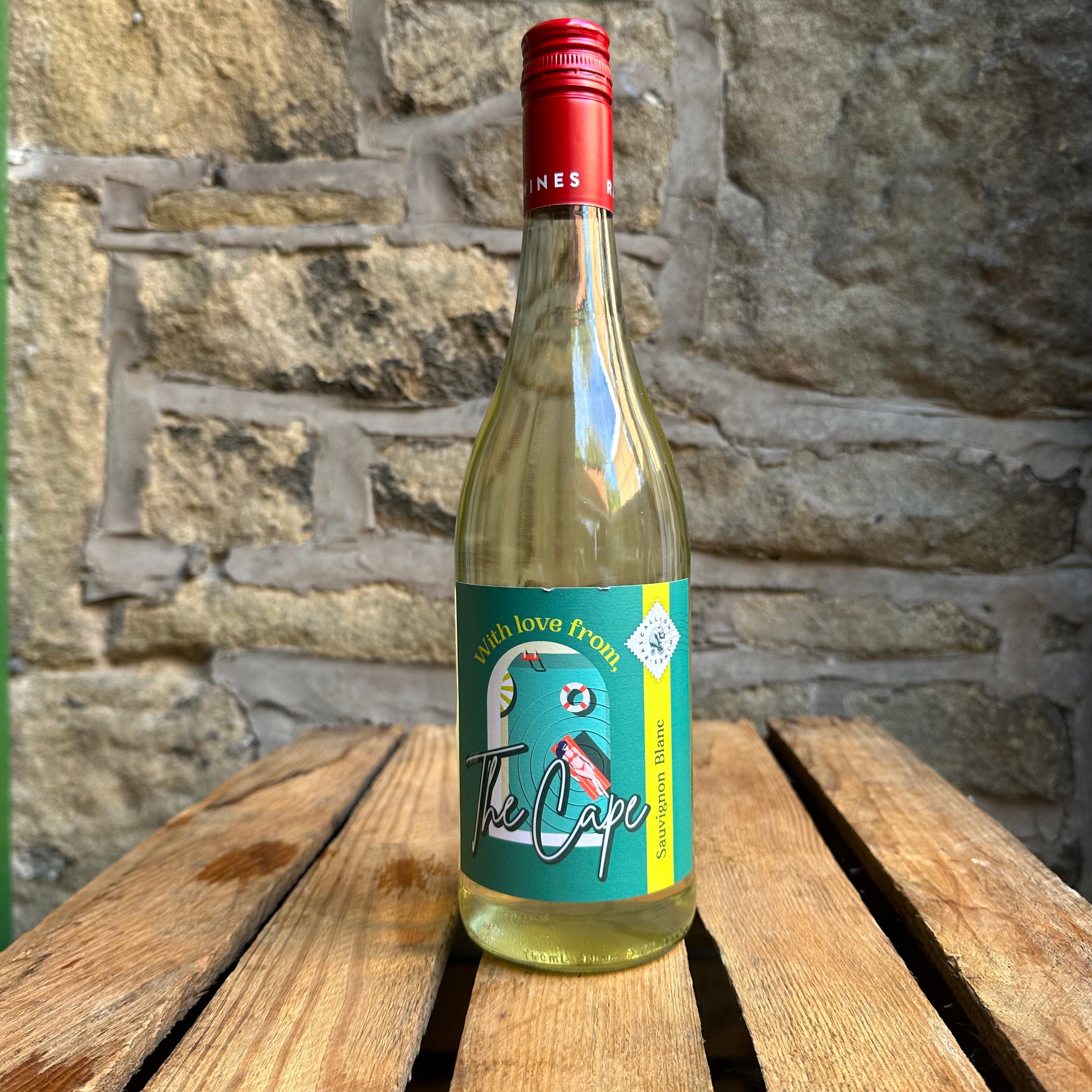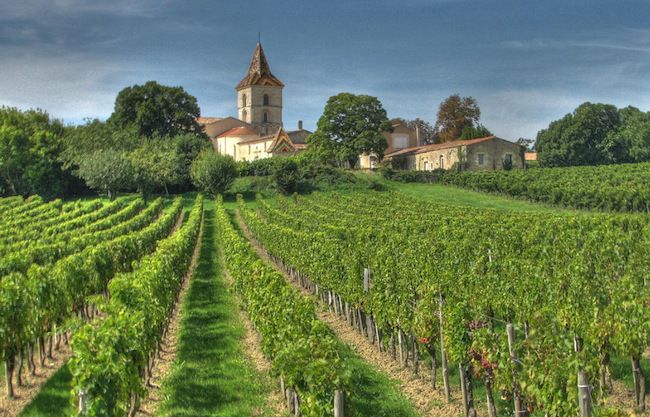
Understanding Bordeaux

As one of the most productive wine region in France with 57 appellations, many considered the best in the world, Bordeaux produces classic fine wines that have remained popular for centuries. Here we take a look at the region before focusing on some of its exceptional Right Bank red wines.
So famed since the historic Bordeaux Wine Official Classification of1855, the term claret was coined purely to refer to the renowned red wines that are still treasured around the world. This port region in south west France can attribute success to its excellent vine growing conditions thanks to its location around the estuary of the Gironde and the rivers Garonne and Dordogne which flow into it.
This split creates the terms Left Bank and Right Bank, with the Left Bank being southerly by the Garonne and the Right Bank northerly by the Dordogne. The estuary and rivers is a great influence on the micro-climates and soils of surrounding areas, which is why the variety of wines available can be so rich. In general though, Left Bank wines are usually Cabernet Sauvignon dominated, whilst Right Bank wines tend to move with Merlot.
This Merlot and Cabernet Sauvignon combination is the usual content of a claret wine as the two most grown red grapes in the region. Quantities of Cabernet Franc, Malbec, Petit Verdot and others are also added to the blend dependent on location and identity. Of course, there are exceptions to this with famed wine houses producing stunning varietals or using other dominant grapes.
Focusing on the Right Bank where wine estates are generally much smaller than on the other river side, famed appellations include Bourg at the southerly tip of the estuary, before moving south along the Dordogne where Pomerol and St Emilion lie.
Côtes de Bourg soils are varied due to the estuary location and are a mix of sand, gravel and clay with different elements claiming the majority dependent on the vineyard. Clay-rich soils which dominate further down the river, vitalise Merlot vines, whilst soils with more sand and gravel are preferred by Cabernet Sauvignon. The area also likes Cabernet Franc and Malbec which are often found within blends. Chateau La Croix des Lamberts is a great example; a family 13 hectare estate run by fourth generation winemaker Bernard Grimard. Clay, sand and limestone slopes bring this blend of 70% Merlot. 20% Malbec, and 10% Cabernet Sauvignon. Notes of plum, cherry and cassis abound on the nose before a fruity, gently tannined palate that is nicely concentrated with blackberry, dark cherry and hints of violet and earth coming through.
Moving onto Pomerol where famed clay-rich soils and a lower layer of limestone create rich, fruity wines. The smallest appellation of Bordeaux, the soils are unique and estates very small, creating an environment of careful crafting that fetches premium prices. For that high-end experience we have the 2013 vintage of Vieux Chateau Brun Pomerol. Merlot partners with Cabernet Sauvignon with the pure elegance that Pomerol is known for. At its peak right now, it shows fruity aromas of blackcurrant, raspberry jam and baked plum alongside forest notes, truffle, tobacco and leather. The palate is soft and silky, with a flowing finish.
The hillsides of St Emilion bring limestone to the fore, with lower slopes adding more sand to the mix. This means there is variety within the appellation itself and it includes an additional four satellite locations whose prefixes are often shown on the bottle: Lussac, Montagne, Puisseguin and St Georges.
These satellite areas were created due to rivalry with more central producers of St Emilion who felt the four villages should not be able to label their wine as that of the region. This dispute was resolved when the villages were given their satellite titles and, in fact, does not mean diminishment in quality with each having its ow unique identity and reputation for wines produced. For example, Lussac is known for higher, rolling landscapes and complex, layered wines that display intense aromas, red fruit, subtle liquorice, prune and sweet spice, often good for bottle ageing. From this area, Chateau des Landes uses old vine grapes of 80% Merlot, 15% Cabernet Sauvignon, and 5% Cabernet Franc. This creates a very aromatic wine that lifts the nose with a delicious bouquet of black fruits and touches of white pepper. The medium bodied palate is satisfyingly rounded with supple tannins, freshness of acidity and a lengthy finish.
Finally, one of the highest classifications a wine can achieve in St Emilion is that of Grand Cru. The stunning Chateau Haut-Pezat Grand Cru blends 75% Merlot, 15% Cabernet Franc and 10% Cabernet Sauvignon 10%. Aged in 2 year old casks for excellent depth and concentration, the wine shows intense aromas of ripe plums, damsons and sweet spice. The plummy, rich and velvety palate has beautifully soft tannins and a long, elegant finish.
